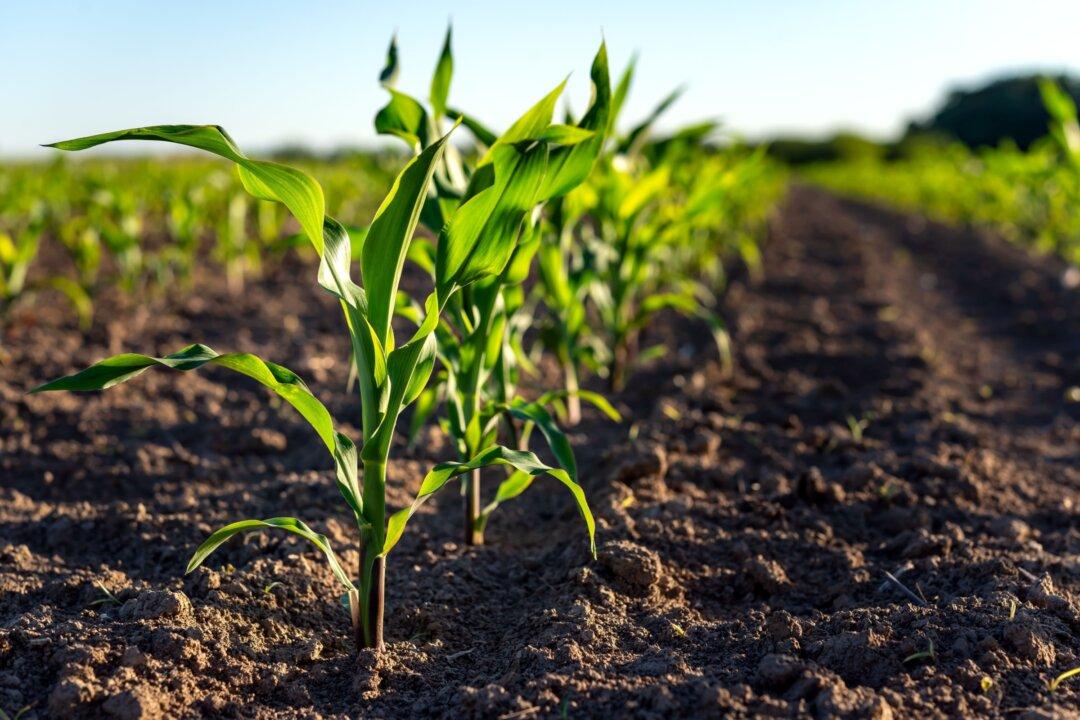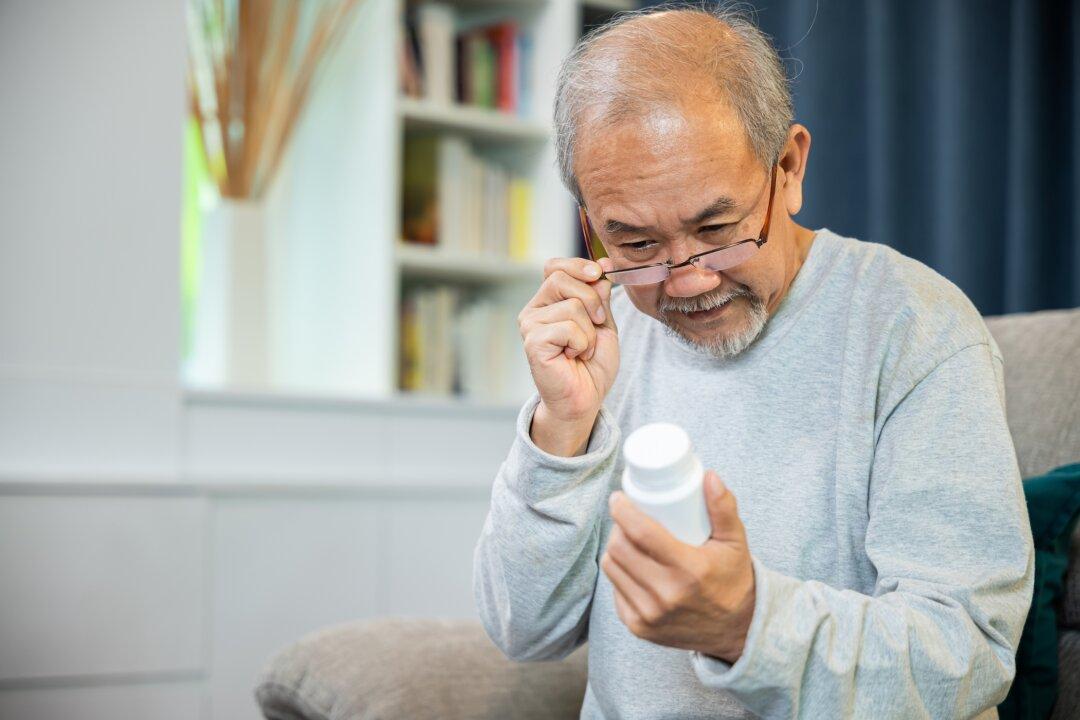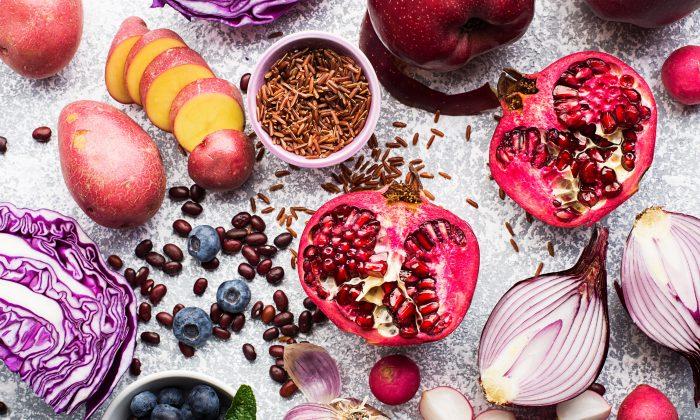The trial participants were divided randomly into a ginger group and a control group, receiving either 1600 mg ginger or a 1600 mg placebo daily for 12 weeks. The patients were measured before and after the intervention for blood sugar levels, blood lipids, C-reactive protein, prostaglandin E2, and tumor necrosis factor-alpha (TNFα).
- Fasting plasma glucose.
- HbA1C (aka glycated hemoglobin)—a measurement of how much damage is being caused by sugars to red blood cells in the body, reflective of body-wide damage caused by chronically elevated blood sugar.
- Insulin.
- HOMA (the homeostatic model assessment)—which measures insulin resistance and beta-cell function (the pancreatic cells that produce insulin).
- Triglycerides.
- Total cholesterol.
- C-reactive protein (CRP)—a marker of inflammation.
- Prostaglandin E2 (PGE2)—a marker of inflammation
Ginger improved insulin sensitivity and some fractions of lipid profile, and reduced CRP and PGE2 in type 2 diabetic patients. Therefore ginger can be considered as an effective treatment for prevention of diabetes complications.
Ginger Already Proven to Have Anti-Diabetic Properties
This is, of course, not the first study to establish the value of ginger for diabetes. Simply dropping the two search terms “diabetes” and “ginger” into PubMed.gov will draw up numerous results. Our database of abstracts on ginger contains a number of gems on its benefit for both Type 1 and Type 2 diabetes which can be viewed here: Ginger Health Benefits.How Much Was Used?
The amount of ginger used in the study amounted to 1.6 grams, which is a non-heroic, “culinary” dose of approximately a quarter of a teaspoon. In the study, participants were given two doses of 800 mg, delivered twice daily, orally through capsules. This dose scheme points to the fact that higher doses does of complex plant extracts within the spice category are not necessarily better, and in fact, in some cases, may actually have effects opposite to the expectation. This study, for instance, found that rosemary at a lower dose (750 mg) improved cognition whereas a higher dose (6,000 mg) interfered with it. The point is that lower doses, as used traditionally in culinary applications, passed down to us through previous generations as “recipes” (literally: “medical prescriptions”), may be more effective than higher ones—a perspective that obviously turns conventional pharmacological wisdom and practice on its head.◇ References:
[i] Tahereh Arablou, Naheed Aryaeian, Majid Valizadeh, Faranak Sharifi, Aghafatemeh Hosseini, Mahmoud Djalali. The effect of ginger consumption on glycemic status, lipid profile, and some inflammatory markers in patients with type 2 diabetes mellitus. Int J Food Sci Nutr. 2014 Feb 4. Epub 2014 Feb 4. PMID: 24490949






